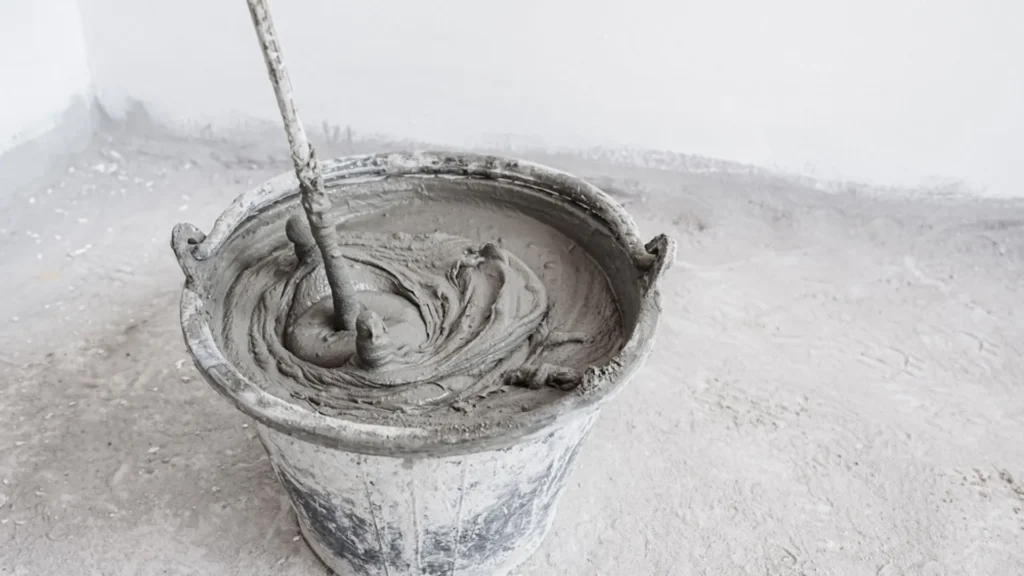
UCLA engineers present process to eliminate emissions in cement production
The new process can eliminate up to 98% of CO₂ emissions in cement production, with by-products such as hydrogen and oxygen to reduce the use of…

The new process can eliminate up to 98% of CO₂ emissions in cement production, with by-products such as hydrogen and oxygen to reduce the use of…
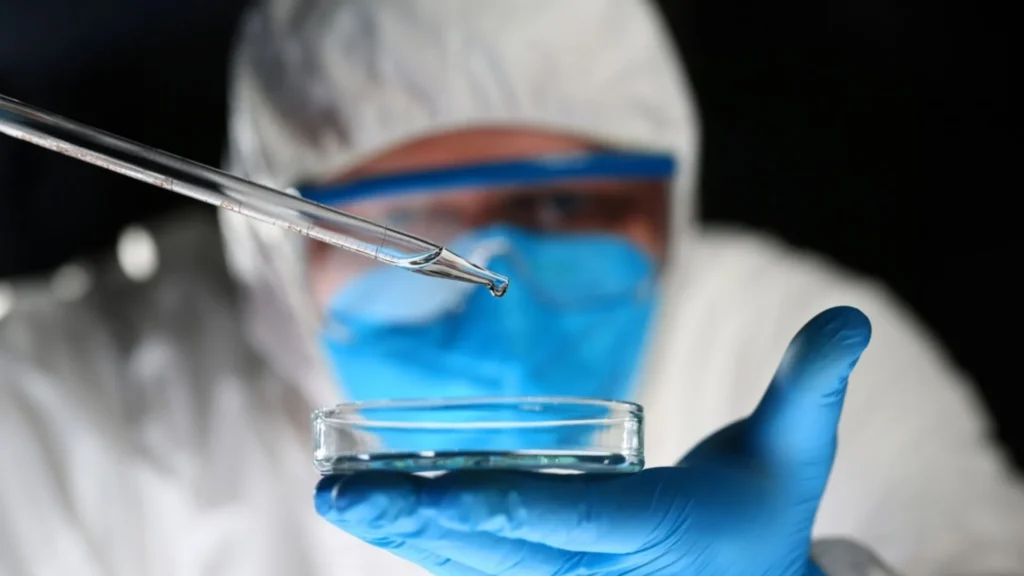
The modified bacteria can break down PET plastic in just 24 hours, whereas this material takes centuries to degrade naturally.
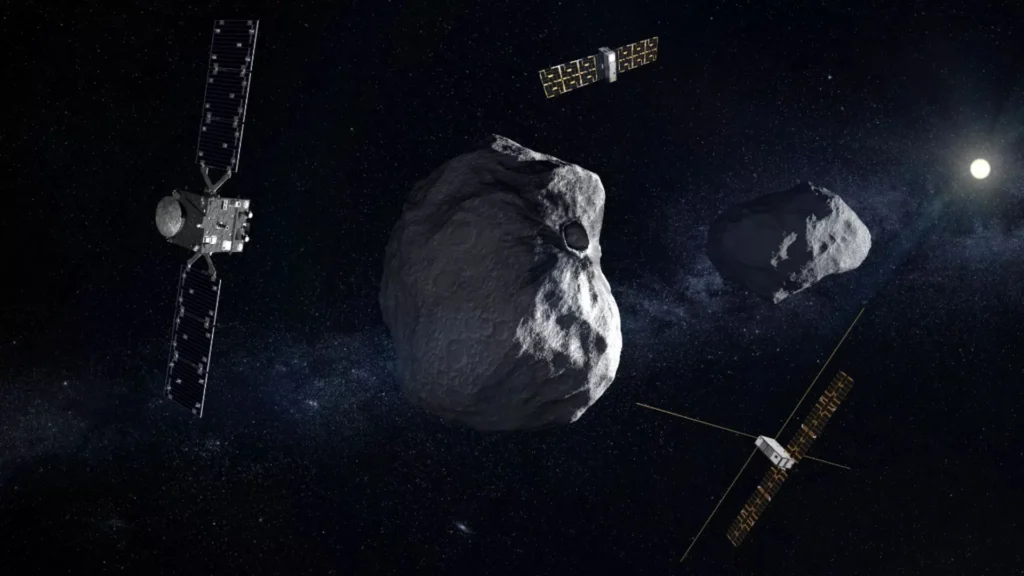
This project will help perfect the "kinetic impact" technique, which can deflect asteroids that are dangerous to planet Earth.
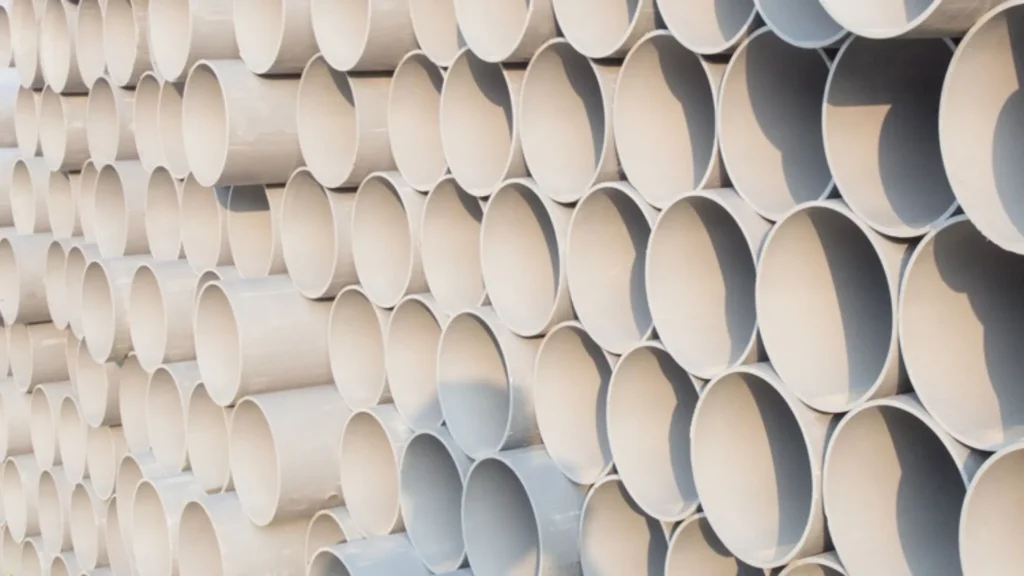
The new method could allow PVC to be reused, reducing the release of microplastics and improving its recyclability.
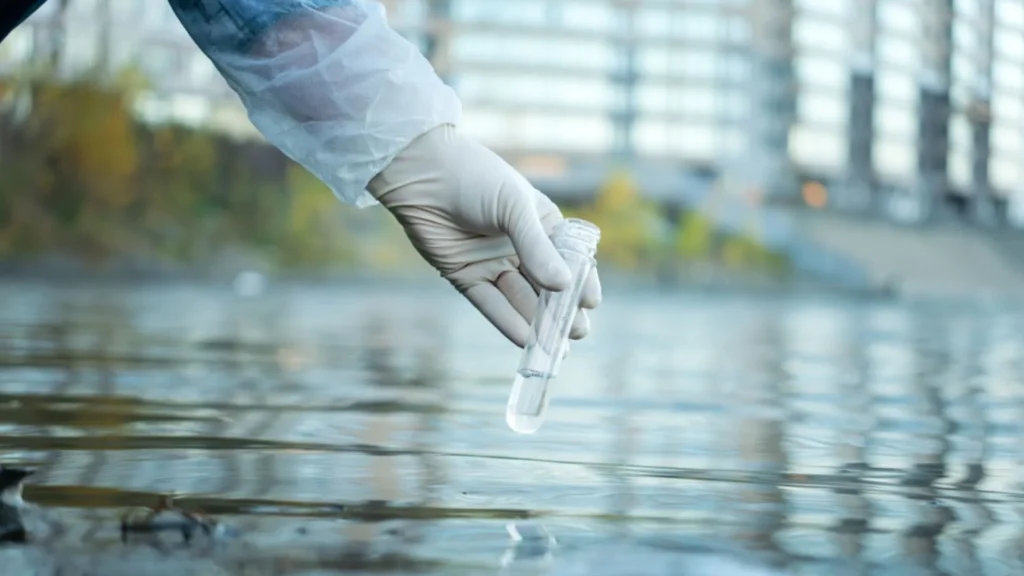
The Comamonas bacteria can convert plastics into tiny particles that it then uses as food, thanks to a specialized enzyme.
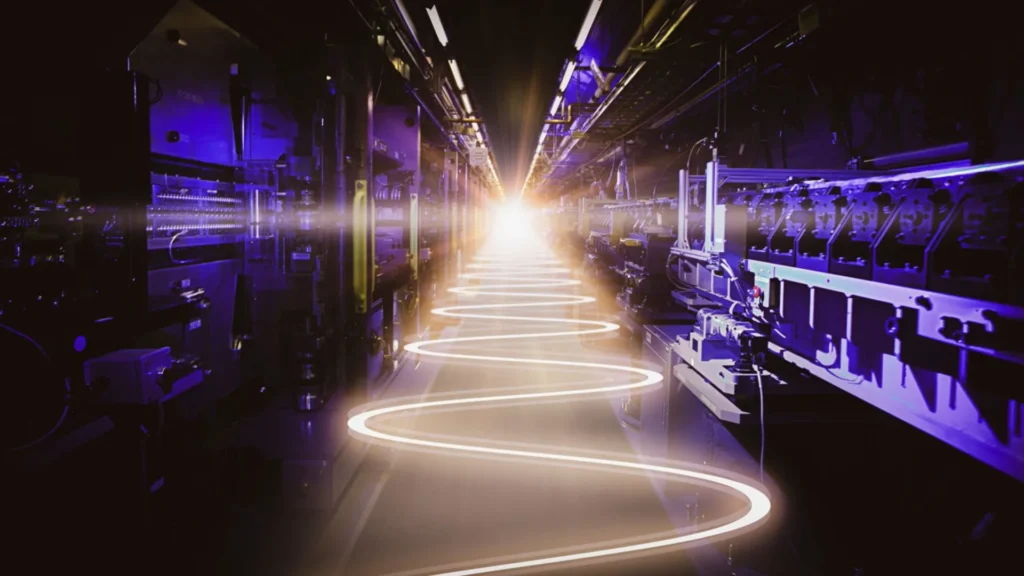
Lasers have the potential to transform industry by providing detailed information about fleeting chemical processes, helping to create innovative new practical industrial technologies.
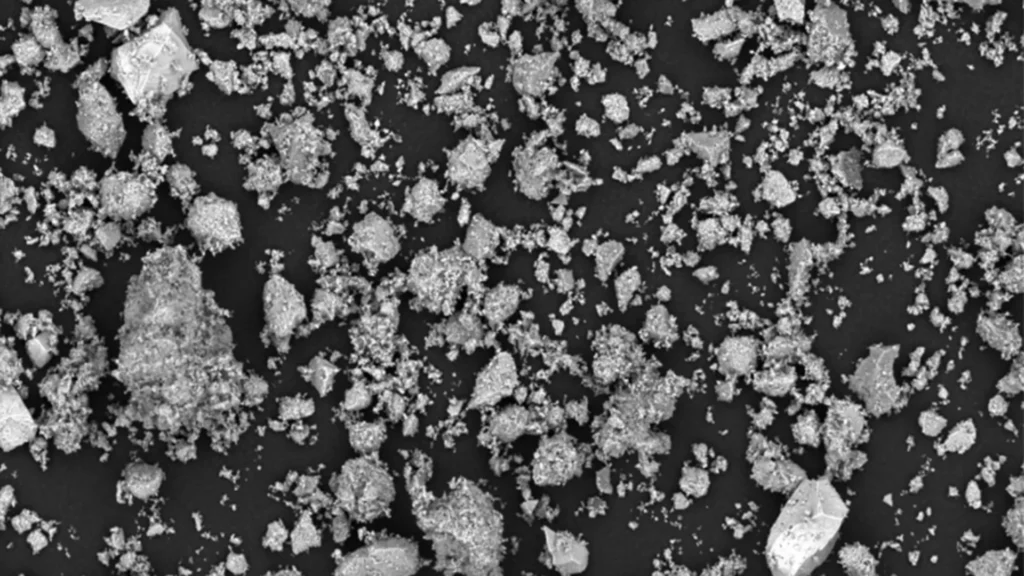
A new study suggests that manganese could improve the performance of lithium-ion batteries by enabling better cathode structure.
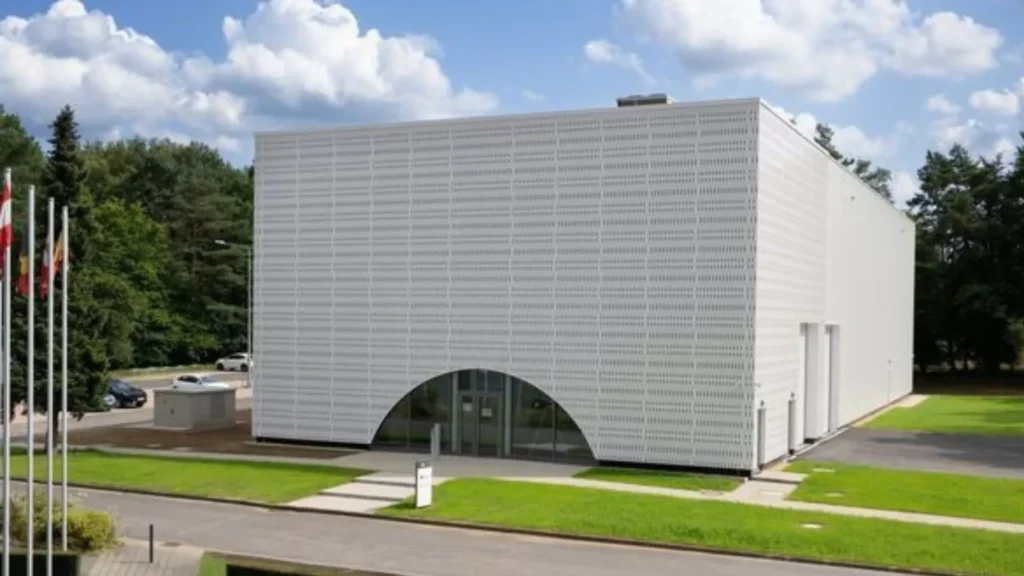
LUNA uses 900 tons of volcanic rock to recreate the lunar surface with great realism.
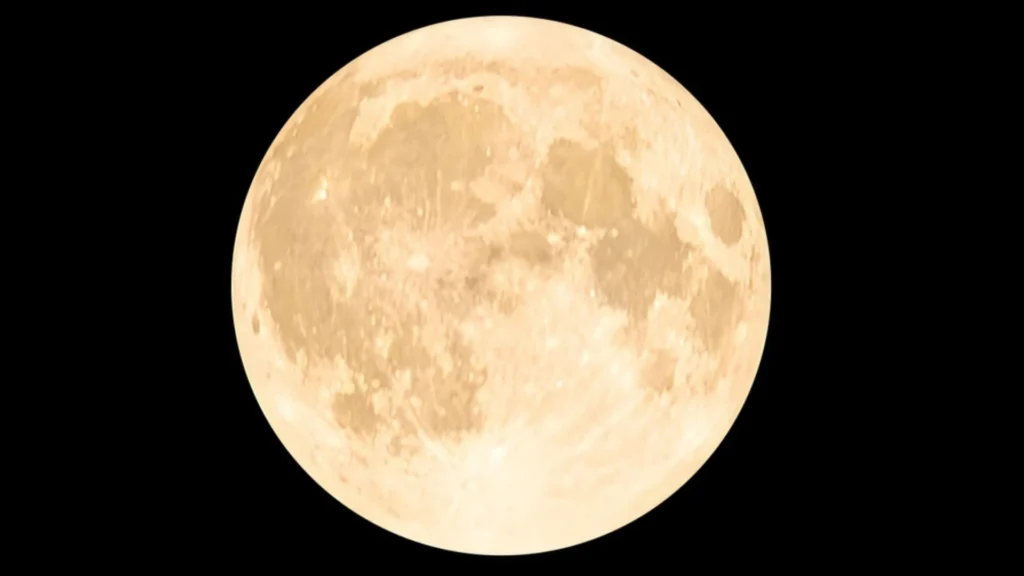
The reactor extracts oxygen from the lunar soil, operating between -45 °C and 1,800 °C, withstanding extreme conditions.
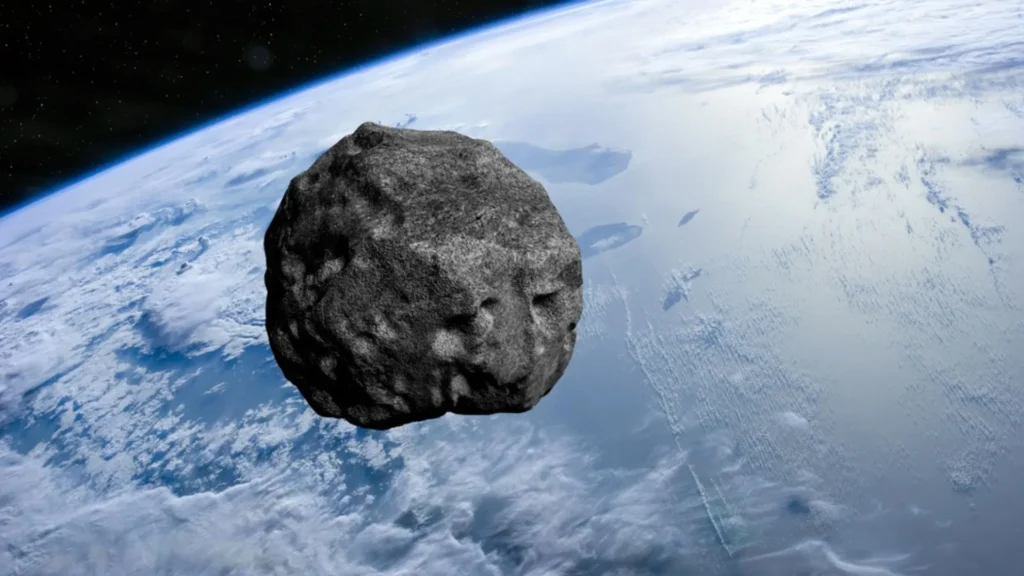
The mini moon 2024 PT5 will travel more than 11 million kilometers around the Earth in just two months.
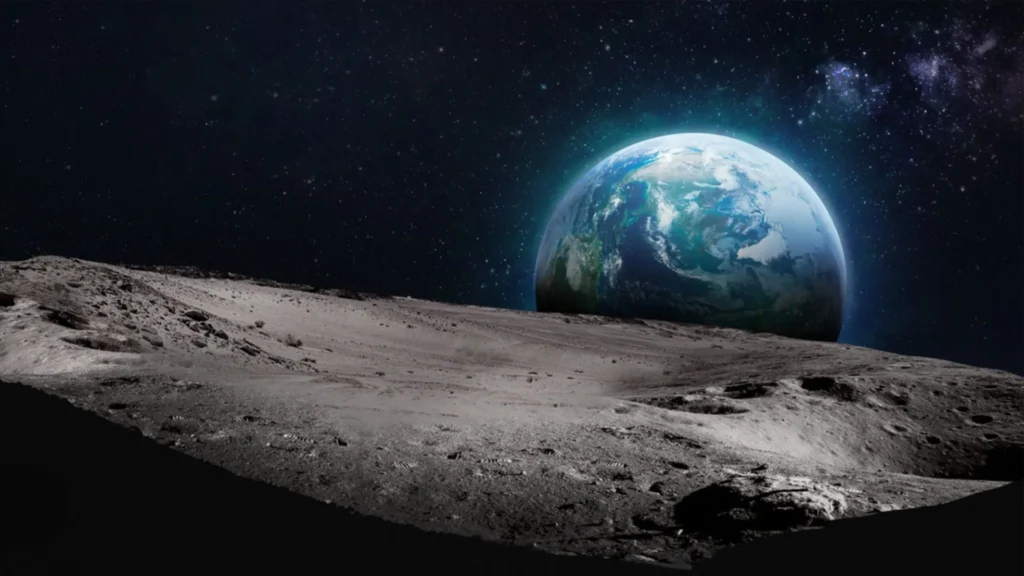
Plans to establish a permanent Chinese base on the Moon continue to move forward, through rigorous testing by researchers.
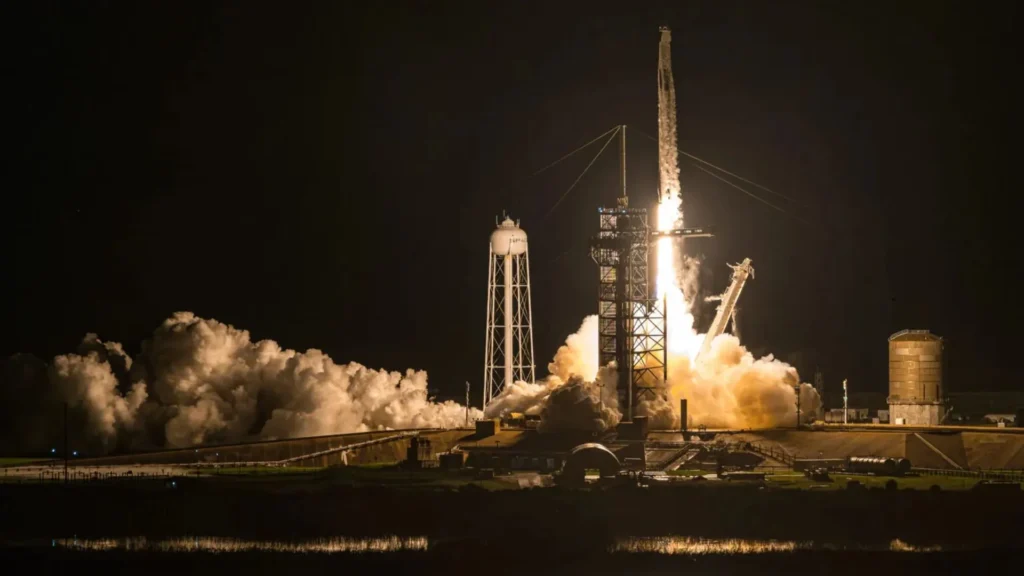
The Polaris program ushers in a new era in commercial space exploration, with more affordable and safer flights in the future.